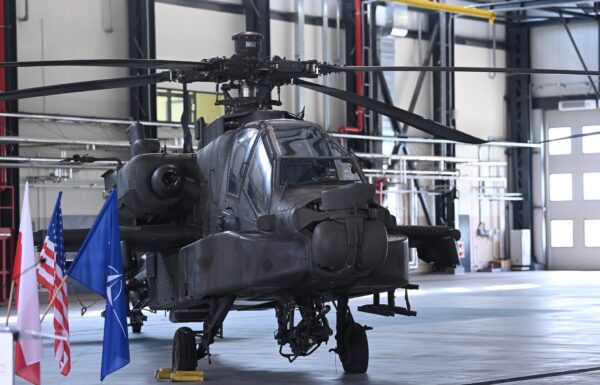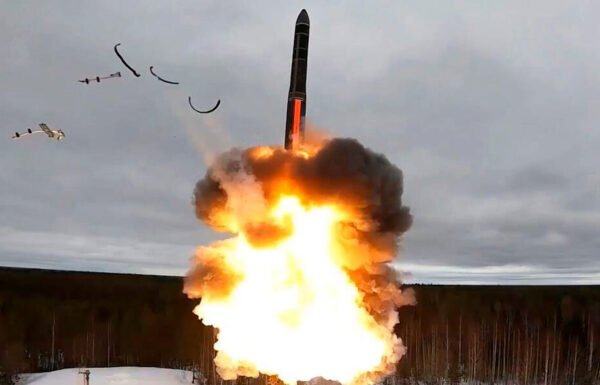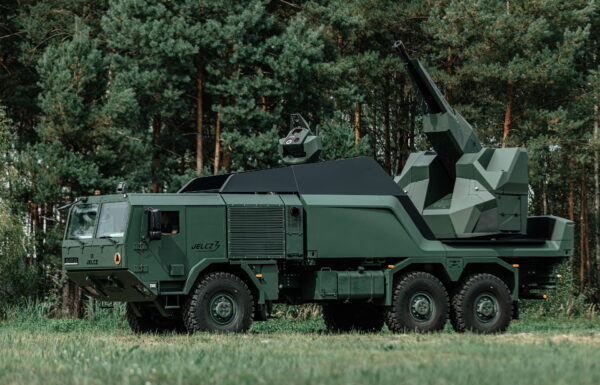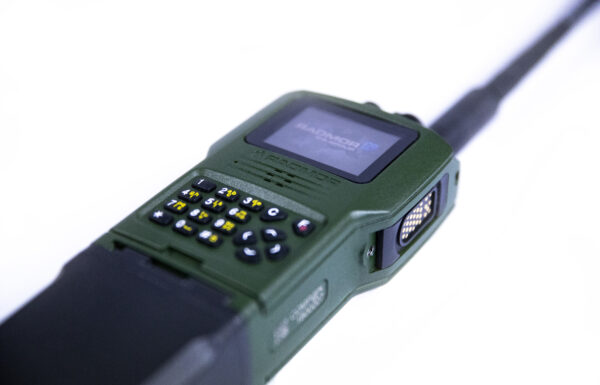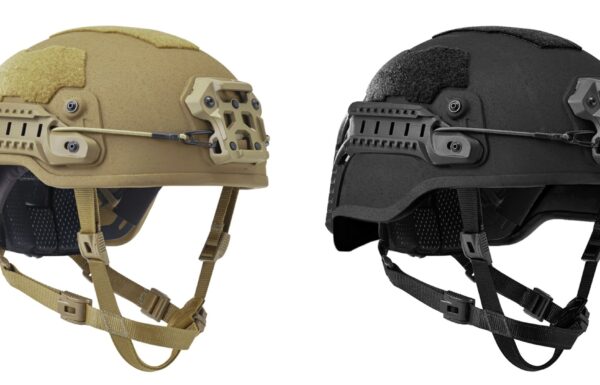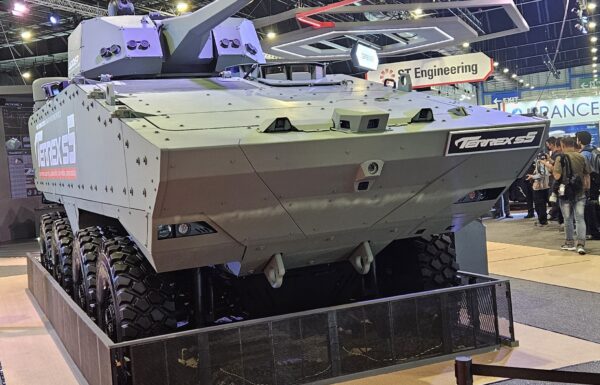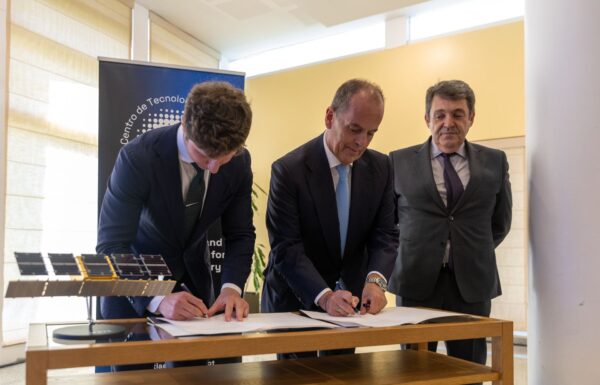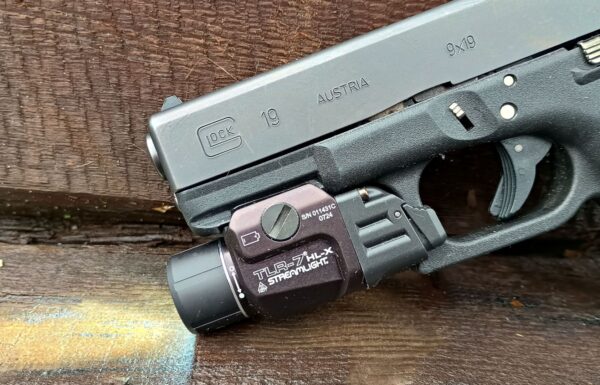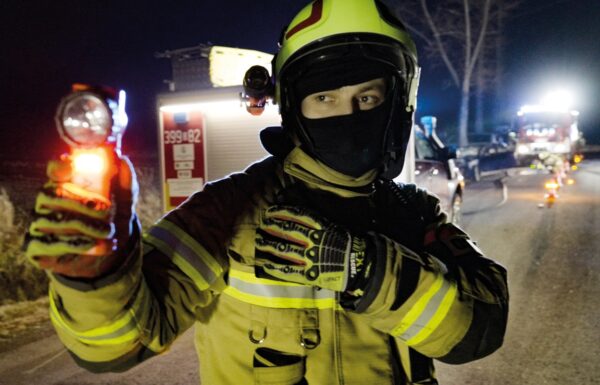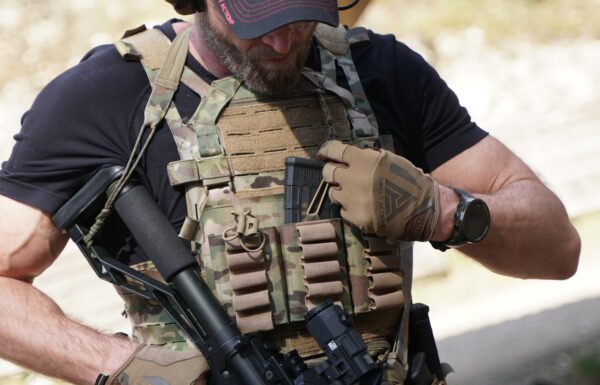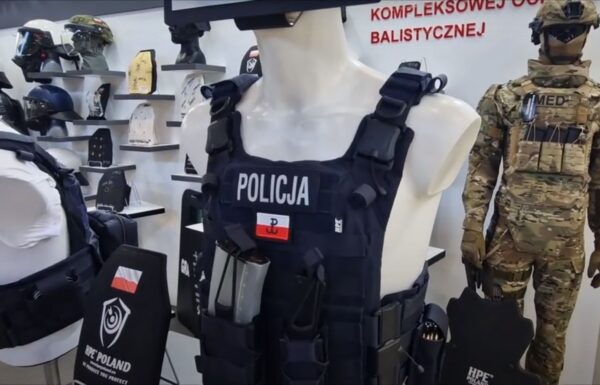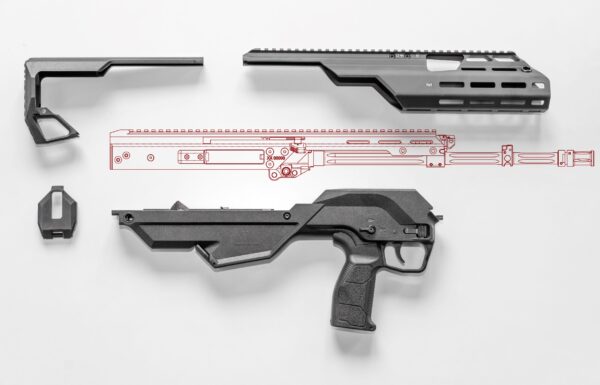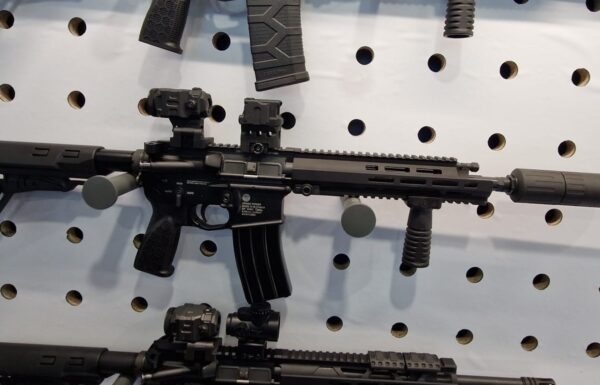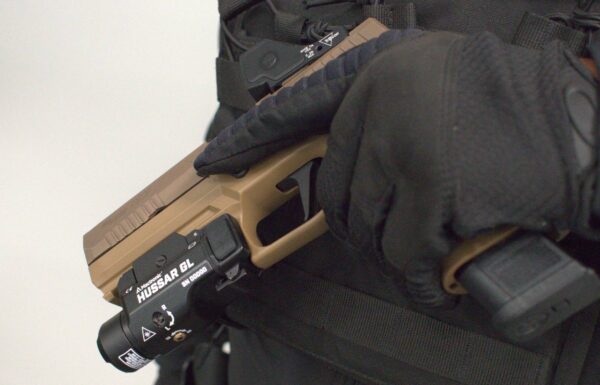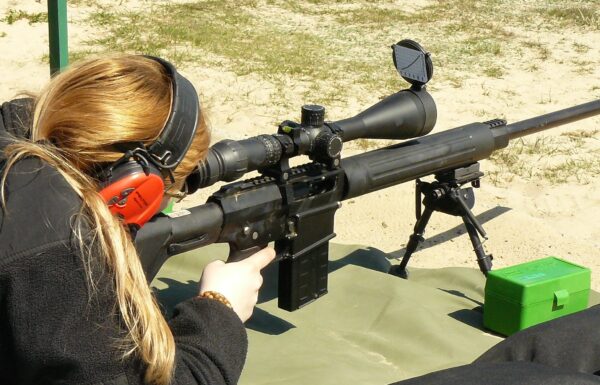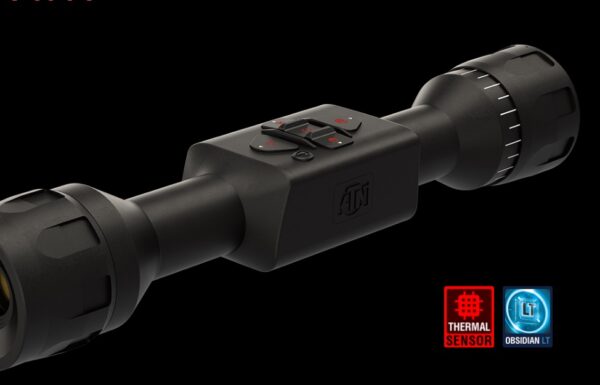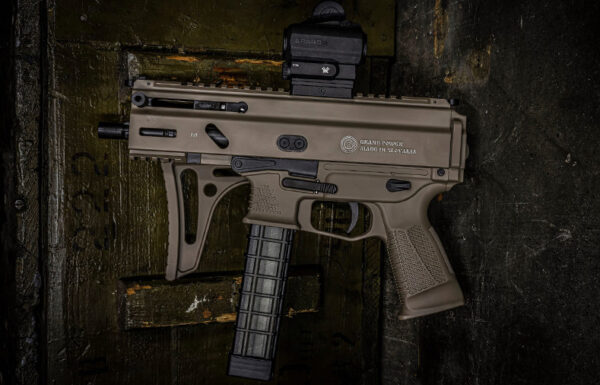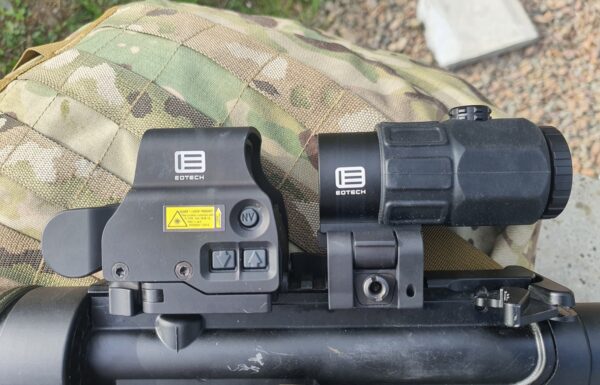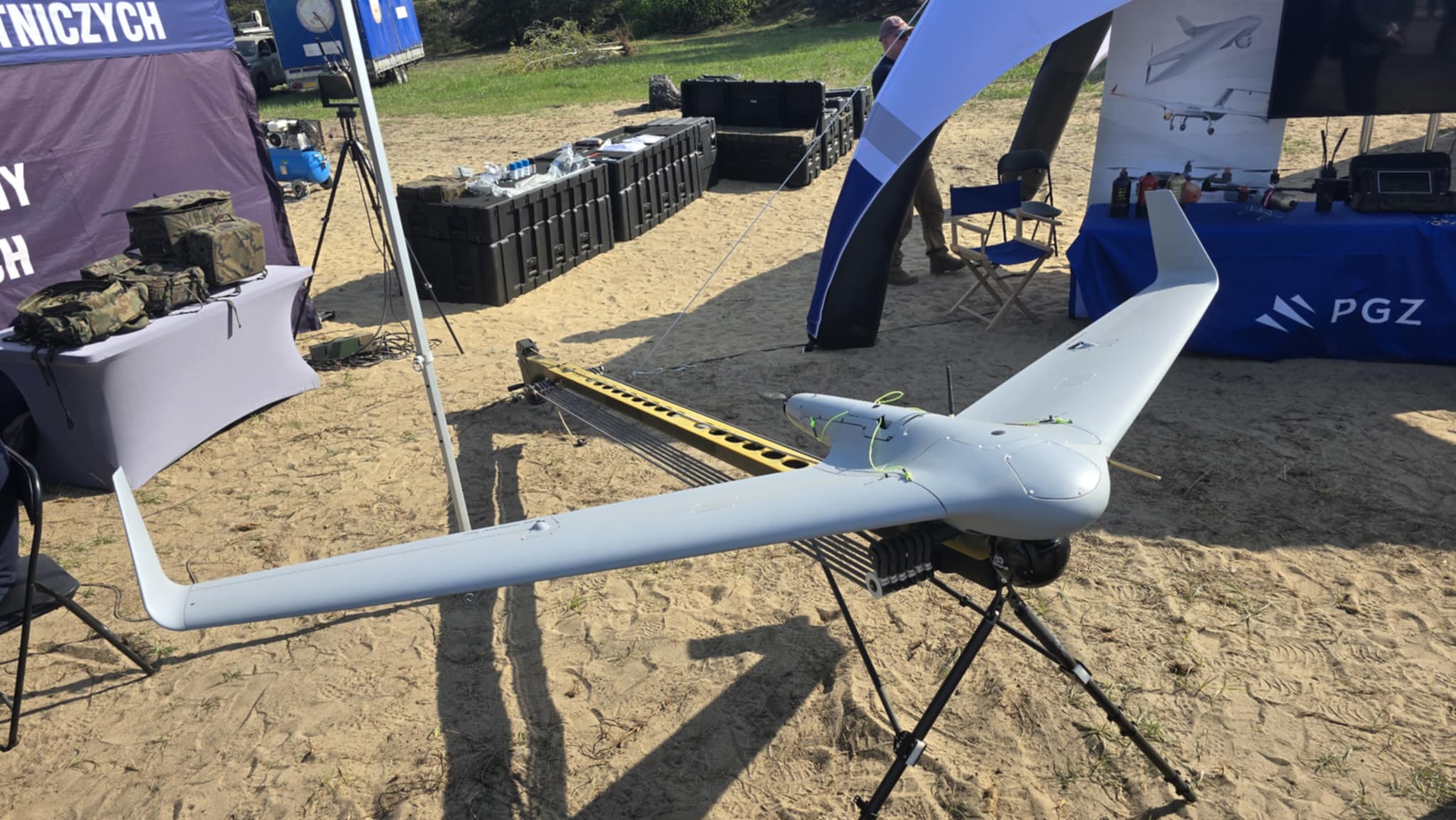On Thursday, April 24, 2025, during an exhibition of products by Polish manufacturers of unmanned weapon systems at the 1st Warsaw Armored Brigade in Wesoła, near Warsaw, Wojskowe Zakłady Lotnicze No. 2 (WZL-2) from Bydgoszcz, part of the Polish Armaments Group (PGZ), presented the Wizjer unmanned aerial system, ordered for the Polish Armed Forces.
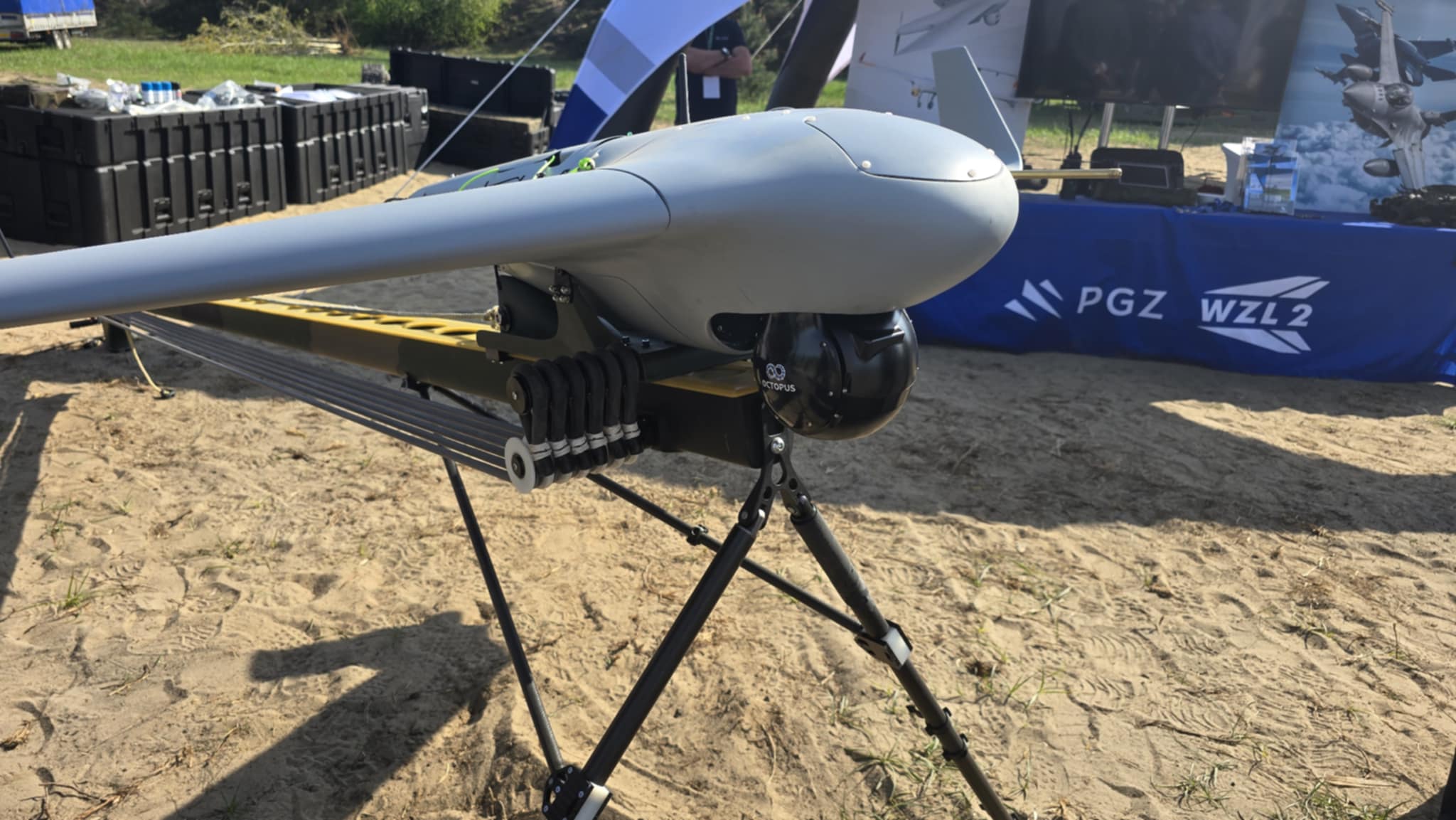 Photos: Jakub Link-Lenczowski, MILMAG
Photos: Jakub Link-Lenczowski, MILMAG
The UAV system was developed by a consortium composed of PGZ (Polish Armaments Group), Wojskowe Zakłady Lotnicze No. 2 (Military Aviation Works, WZL-2), and Wojskowe Zakłady Lotnicze No. 1 (WZL-1) from Łódź, under a contract with the Armament Agency – representing the State Treasury – dated December 29, 2021, for the delivery of 25 sets of mini-class unmanned aerial systems codenamed Wizjer (Polish for visor), comprising a total of 100 aircraft along with a logistics and training package.
The contract includes an option right, under which the procurement of a computer-based training system (CBT) and a training management system (SZS) is foreseen. Each set consists of 4 aerial platforms equipped with EO/IR electro-optical heads, 1 ground control station (GCS), 1 ground data terminal (GDT), and 1 portable video terminal (PVT).
On March 20 of this year, the consortium announced the completion of the UAV Wizjer system tests, which confirmed compliance with the requirements set by the contracting authority, the Armament Agency.
The Wizjer mini-class unmanned aerial system is intended for operations supporting the needs of the Land Forces and Special Forces in the field of imagery intelligence (IMINT) through the use of optoelectronic payloads. Additionally, the system will perform tasks related to target designation and the provision of fire support data, battle damage assessment, and force protection support. It features a low noise emission signature, a flight endurance exceeding 3 hours, and an operational range of up to 35 kilometers. Its primary missions include observation tasks such as detection, reconnaissance, identification, and coordinate marking of objects. The UAV takes off automatically using a composite launch catapult and conducts an automatic landing maneuver utilizing a parachute and an airbag. The entire system has been developed in accordance with NATO Standardization Agreements (STANAGs) and applicable Defense Standards.
According to earlier information, under the Wizjer program, the PGZ consortium offered the NeoX 2 (Duch) UAV, developed by the Composite Airframe Structures Division of the Polish Air Force Institute of Technology (ITWL). NeoX 2 is an advanced version of the NeoX UAV, designed to meet the stringent requirements for mini-class unmanned systems conducting imagery reconnaissance. It features automatic takeoff and landing using a parachute and airbag system.
The aircraft has a wingspan of 3 meters, a length of 1.27 meters, and a maximum takeoff weight of 12 kilograms (the total system weight does not exceed 50 kilograms). Powered by an electric motor, it achieves a minimum speed of 60 km/h and a maximum speed of 140 km/h, with a service ceiling of up to 4,000 meters (operational altitude ranges from 100 to 1,000 meters). This provides a maximum flight time of over 210 minutes and an operational radius of more than 35 kilometers. Preparation time for launch is up to 15 minutes, and flights can be conducted in wind speeds of up to 12 m/s. Data collected during flight is transmitted to two operators via an AES-256 encrypted digital data link. The airframe is constructed from carbon-epoxy and glass-epoxy composites as well as lightweight metal alloys.
NeoX 2 can be used for high-resolution imaging of terrain and objects in visible light (1920×1080 px) and thermal imaging (640×480 px) through the use of the dual-sensor Zjawa-1 turret. It is capable of target coordinate acquisition, real-time imagery to support fire adjustment and battle damage assessment, detection of changes within a designated area, and monitoring the movement of enemy forces. The UAV can maneuver toward the direction indicated by the observation gimbal, follow a pre-set route, or orbit around a designated object.
On December 8, 2021, the Air Force Institute of Technology (ITWL) announced that the NeoX 2 had successfully passed verification checks. The tests were conducted at the 21st Central Air Range in Nadarzyce, at the airfield in Sochaczew, and at the testing grounds of the Military Institute of Armament Technology (WITU). Representatives of the then Armament Inspectorate of the Ministry of National Defence (MON), the PGZ consortium, and end users were present during the system verification.


